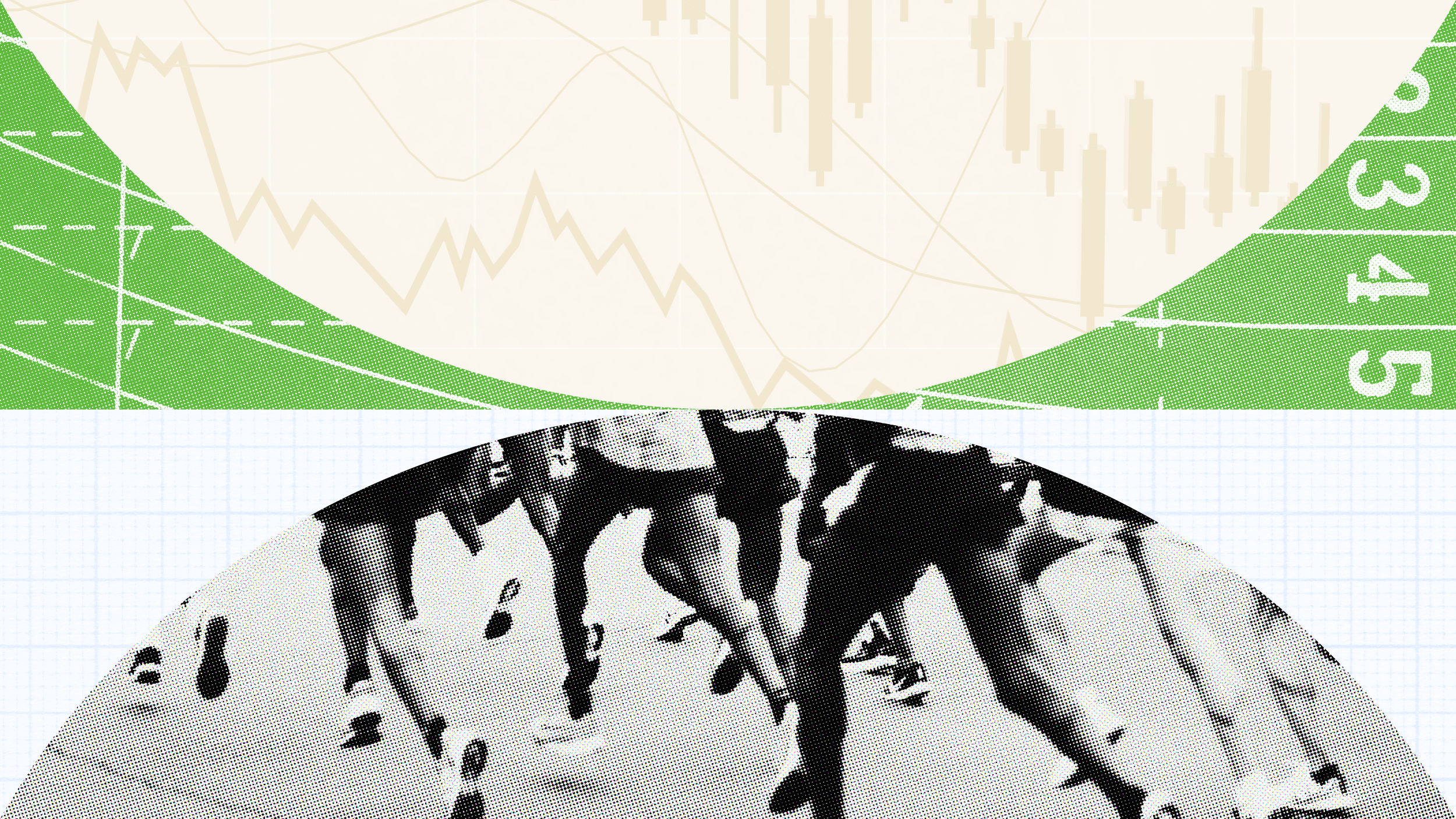The fashion designer on his life in the industry.
An imagineer. I’m able to be . . . to create large vision of a collection at the moment. And then within that, I’m able to build every detail and texture, and create new kinds of construction and form, and really be able to put new looks and new shapes into the environment. The variables in fashion between fabrication, between make, between volume and shape can . . . you can create form and ideas that haven’t been there before. I don’t . . . There’s so many references in fashion. And for me it’s very interesting in having one’s own point of view and being non-referential. There’s different parts to the joy of designing. There’s the part of a completion and the realization of an idea that’s very gratifying. It’s the mprove of creating it. There’s the mistakes, which are incredibly joyful and exciting, and often lead to the best work. And there’s the experience of seeing a woman and how she feels in a piece of clothing. The struggle is the distraction with working within an industry. Fashion is a . . . is an artistic medium that has a financial schedule that supports it, which is a very rare medium. There’s music. There’s fashion. You know fine arts painting, they don’t have that same kind of exact schedule of creation, shipping, and production. And then just sort of my own creative struggle of creating within an understood formula within that commercial means – within consistency. Having restraint is a great struggle of mine. Finding, you know, balance – reality versus “surreality” – of creating is always a struggle. I look at business the same way that I build a dress. I enjoy the . . . I enjoy the musical nature of numbers. It’s very creative to me. I like thinking outside of the box. I don’t believe in following rules or formulas. I never have within building my company. So the business of it, you can build creatively in the same format. You have to be open to it. You have to be a very giving person to get others to see it in . . . see it through your eyes. And it’s a constant balance. I mean I . . . My day is totally interspersed between business meetings and – for the future of my company – how we’re going to make a piece, and then actually having to turn on my ________ music and my going to the mannequin and just building the piece, or editing. And being able to make that switch back and forth. You just have to be able to look at it totally lyrically, that it just flows into the next and sort of pace your energy in between. Well it’s been a very short . . . It’s only been five years. I think becoming more aware of the fashion world. I never read magazines growing up. I really only studied historical fashion. I studied at the Costume Institute and went to design school. But when I started, it was a much stronger pop sensibility to the collection I made. They were much sharper in angle. They had a great sort of deconstructed freedom to them. Anatomy, architecture, femininity, flirtation, humor. Each one has their own struggle for different reasons, whether it’s the editing process, or that you don’t reach the idea that you want to finally reach. We did a collection called “Trinity”. And it went from this section of all white, and this idea of the rarity of the color white, and all the symbolism of all the virginal symbolism, the luxury symbolism of it. And it was quite architectural – white on white. And it went from these shapes in white, which were quite sculptural, into what I call “tribal-like” collections. Sort of this idea of these urban nomads. And then it went into you working within this African theme – this idea of creating more sort of abstracted shapes. These inflatable sort of black, ebony, and floating shapes, and sort of reaching that kind of strength of women was really hard. And continuously within the industry of fashion, trying to empower women is a constant struggle and battle with any collection. It’s much easier to have that connection with the customer and have that experience. But to communicate that artistically in a non-phony way is a great challenge. I think it would be very easy to do a collection about power women, but not in a masculine way. It doesn’t mean a big shoulder . . . that women dressing as men, you know . . . And so that’s, you know . . . It’s a constant, constant striving place. Well fashion is a great historical marker. I mean you can really see what’s happening in history, and the ideals of the time through fashion. I mean it’s like painting or music, or when you listen to Baroque music and you see the art influence in it. I mean I think we’re living in a time right now of incredible . . . where artists have to be cultural receive dishes, and you have to filter all the ______. There’s many references. I mean I was born in 1980, so I am from the MTV generation where every other video was a different story, a different reference. And then pop art too at the same time; and through commercial art and imagery. There’s a lot of different references. So it’s really about . . . We’re at the moment of personal desire and personal identity. Everybody needs their own identity. So for me it’s about creating things that are timeless. No. Not really. I mean it’s growing in respect. I mean there’s artistry in it. I mean there’s moments when it becomes an art form, but it’s still on the body, and there is a part to it that has – even in the most far out gowns that you’ve made – a utilitarianism to it. It’s in the present nature of it, whether it can be abstract or not, you’re still talking about it in relation on the body. When you move off the body, then it will reach the level of respect. Forming a brand in itself can be an art form, and is a respected art, I believe. And it becomes a part of culture. It’s sort of . . . It’s . . . Besides the craft and the artistry of it, it goes . . . It’s not . . . I don’t consider it a fine art. You know for me, it’s an incredibly exciting movement. I mean there’s always been great designers creating clothing at more accessible price points. For me I have questions of manufacturing, and I bring in . . . I question an ethical issue. I believe in quality and luxury. So in that instinct, you can’t achieve high quality and luxury in a lower price point. You can create a look, and an idea, and something that is temporary, and has . . . And I think it’s incredible. I mean it’s a wonderful thing for design at lower price points. I don’t like the word “mass” because I think it’s too general. So I don’t really use that. This word “masstige” in fashion is a big word. But you know, the idea of design for less is an incredible idea and will be really . . . will change fashion. A question I ask myself every day. You know I think there will always be the place where fashion as clothing. But I think that fashion, and design, and brands, and designers are gonna move beyond just building clothing. I mean I think it will be about sort of whole cults of the way a person lives. I mean I’m interested, when I’m creating, a visceral luxury brand, and interacting from the food people eat to beyond the sheets and the building they live in. It’s about creating a whole world that is a whole look that is about the well being of a person and their values. Recorded on: 7/31/07





